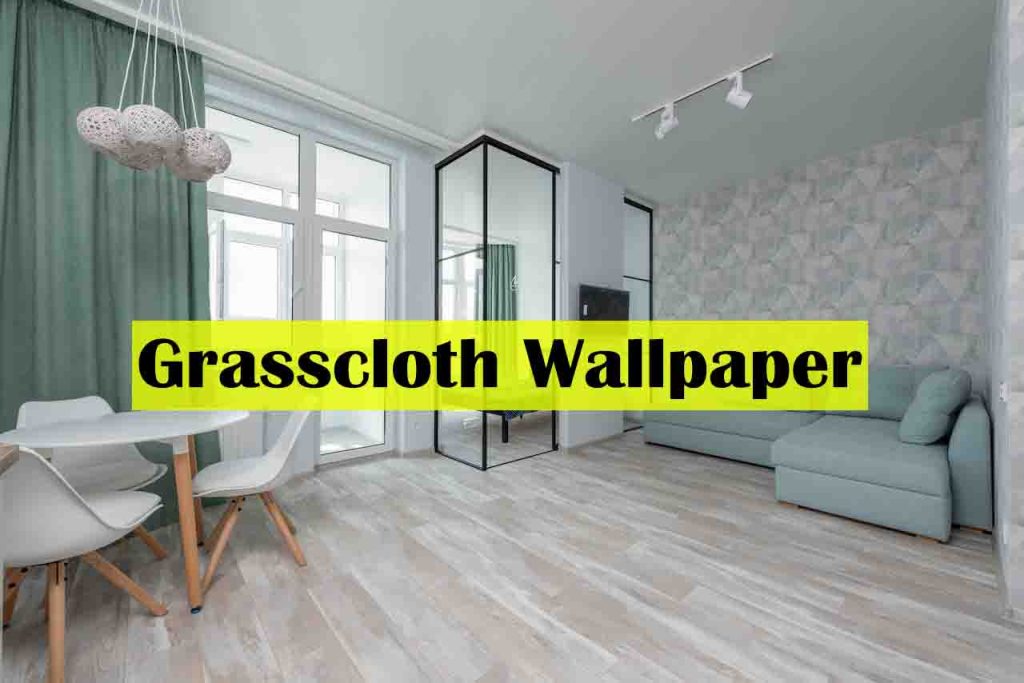Grasscloth wallpaper has been around in one form or another for millennia, but the most common version became popular in the U.S. in the 1960s. Crafted from natural fibers, grasscloth wallpaper has a unique look that works for offices and homes alike. Are you thinking about redoing your wallpaper? If so, you should consider grasscloth options, as they provide a variety of benefits.
Wallpaper That Is Sustainable
Sustainability is a huge concern, especially as climate change and its effects continue to worsen. Synthetic wallpaper can contain plastic, which isn’t biodegradable and can have a big carbon footprint. Plastic also isn’t a renewable resource.
In contrast, bamboo, jute and other plants used in grasscloth production are entirely biodegradable. Since they’re natural, you don’t have to worry about chemicals released during manufacturing. Finally, bamboo grows at an incredible rate, allowing producers to keep up with demand without straining the environment.
Breathable Wallpaper for Your Home
Synthetic wallpapers aren’t usually breathable, so any moisture trapped between the wall and the paper is there to stay. That can lead to mold, mildew and rot. In contrast, grasscloth is incredibly breathable. Instead of being one solid sheet, grasscloth wallpaper is a result of many woven fibers, creating small spaces where air can pass through.
Long-Lasting Decor
Since it’s not as susceptible to mold, grasscloth wallpaper is relatively long-lasting. That means you can enjoy your new walls for years. If you get tired of the look and want something different, this type of wallpaper is easy to remove and won’t damage the walls. There may be some adhesive residue left behind, but since water-soluble adhesive is standard for this wallpaper, you should be able to get rid of it with warm water and soap.
The one downside is that since these are natural fibers, they can absorb spills. Modern products are more stain-resistant than the original sheets used 2,000 years ago, but there’s still a risk of discoloration. The fibers may also fade over time.
However, there is a solution to this: paint. Painting your grasscloth wallpaper is relatively easy, and the effect is distinctive. If you want a room to stand out, consider customizing your wallpaper with your favorite color.
Versatile Styles
One of the most unique aspects of grasscloth is its subtle color variations. While you can choose a solid color, the individual fibers are slightly different shades. For example, blue grasscloth wallpaper may have the following hues:
• Blue-gray
• Pale blue
• Navy blue
• Deep blue
• Cobalt
The result is a gorgeous wall color that gives rooms complexity without being overwhelming. The many hues also mean you can switch up decor with ease.
Additionally, you can easily find this type of wallcovering in natural colors such as taupe. These neutral hues match almost anything so that you can decorate in a variety of styles.
The next time you want to spruce up your living space, consider green grasscloth wallpaper. Your home will look fabulous, and you can feel good about making a sustainable choice. This wall covering proves you don’t have to compromise style to stay sustainable.
